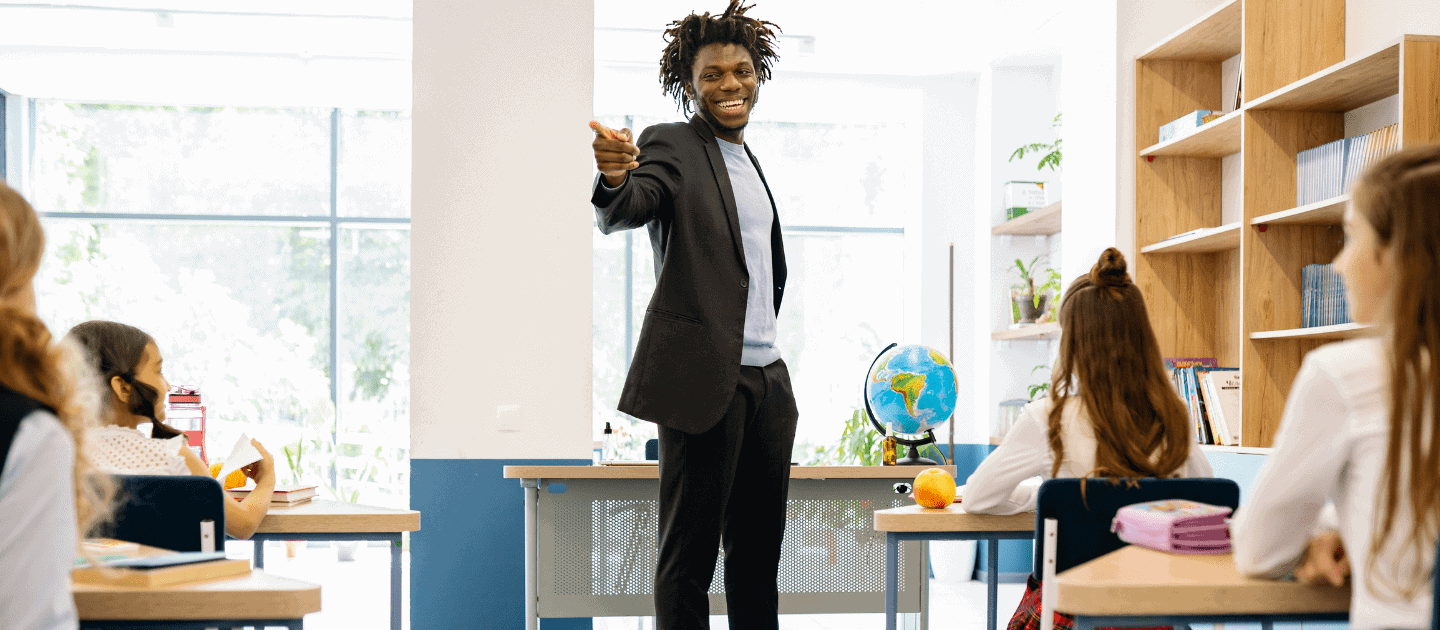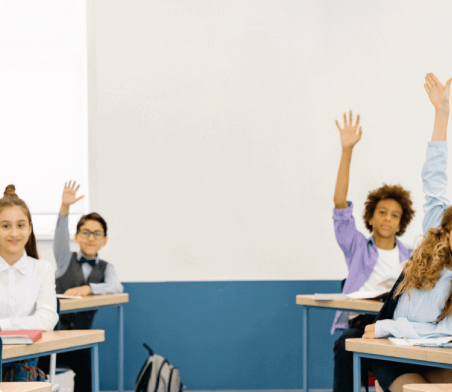
The impact of teacher attitude and teaching approaches on student demotivation: Disappointment as a mediator
Social and emotional learning (SEL) is necessary for the academic achievement of a student and for their future success in many aspects of their lives.
23 Mar 2024

